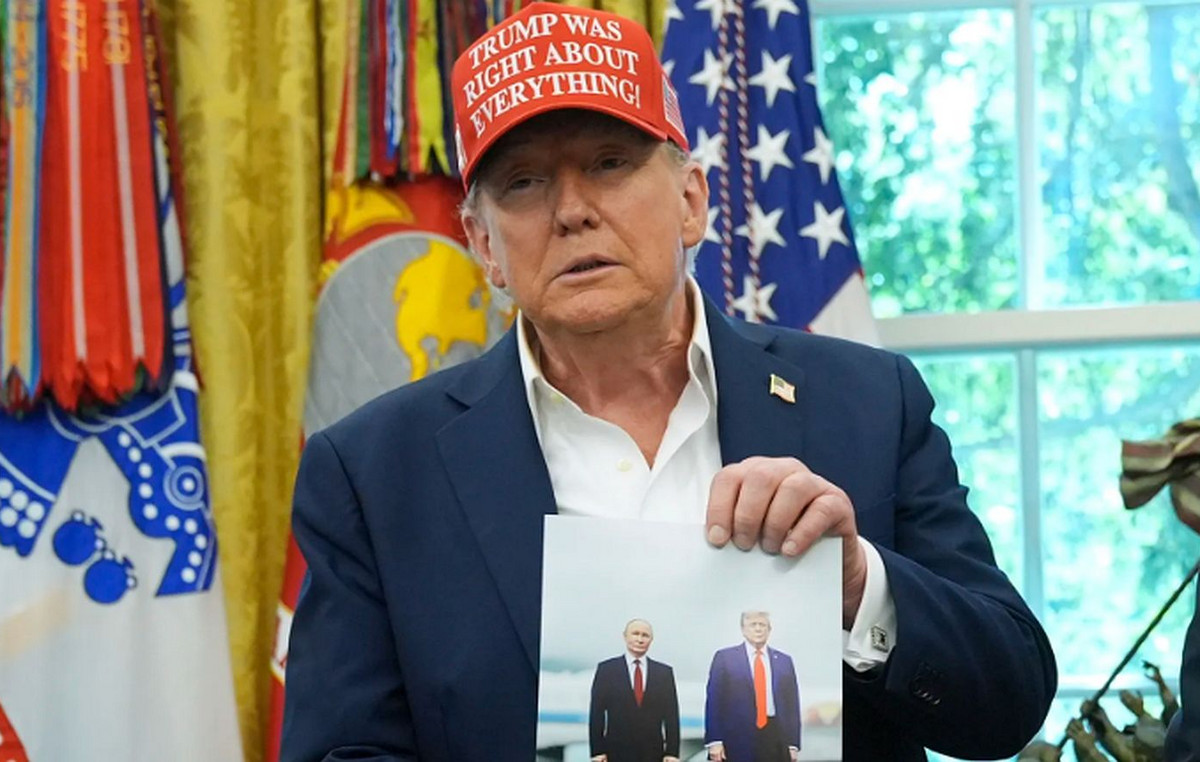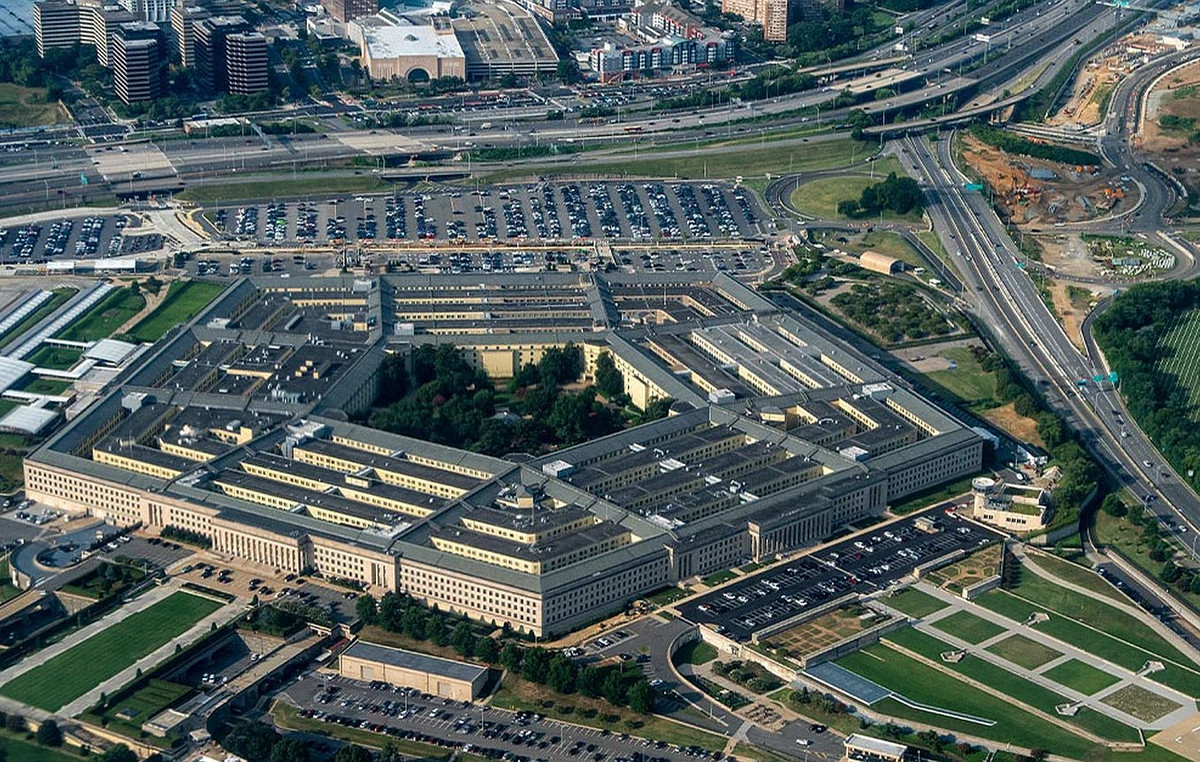Biden announced his decision to withdraw troops from Afghanistan before 9/11. The Americans have been there since the fall of 2001: during this time they lost 2,400 soldiers and $ 1 trillion. Whether they managed to achieve their goals is a moot point. One thing is certain: the United States believes that the time has come to say goodbye to Afghanistan. Biden’s decision poses a number of threats not only for this country, but for the security of the region and the whole world. But the United States is reassuring, promising to continue to fight terrorism and support the country’s government. Why the United States stayed in Afghanistan for 20 years, how Biden will end the longest war in American history, and how it threatens.
“UNCONTROLLING FREEDOM” AND “SPEAR OF NEPTUNE”
The history of the American military campaign in Afghanistan began in the fall of 2001. On September 11, al-Qaeda terrorists hijacked four planes: two crashed into the World Trade Center in New York; another hit the Pentagon; and the fourth, heading towards the capital of the United States, fell into a field in Pennsylvania thanks to the passengers and crew who attacked the terrorists. These attacks claimed nearly 3,000 lives.
The 9/11 attack was an unprecedented and extraordinary event that required an extraordinary response. Two weeks after the tragedy, on September 26, “Jawbreaker” – a group of seven CIA special forces, whose target was the leader of al-Qaeda, Osama bin Laden, secretly landed in Afghanistan. Later they were joined by the Green Berets. And already on October 7, the United States and its allies began bombing Afghanistan as part of Operation Enduring Freedom.
But before that, Washington tried to peacefully resolve the situation. On September 20, they issued a five-point ultimatum to the ruling Taliban, in particular, demanding the surrender of all the leaders of al-Qaeda (and bin Laden). And although the Taliban condemned the attacks, they refused to comply with US demands.
With the support of the international coalition, the Americans were able to quickly overthrow the Taliban and seriously damage the positions of al-Qaeda. But Pakistan provided refuge to fugitive militants (including bin Laden), which prevented the United States from completely defeating them. As a result, the military intervention will drag on and become the longest war in American history, and the Taliban will be able to revive: today they continue to terrorize the Afghan government on a daily basis and operate in most of the country.
Despite the partial success, the United States did not leave Afghanistan, since its intervention was supposed to achieve two main goals: overthrowing the Taliban and eliminating the terrorist infrastructure. “If the fall of the Taliban government happened relatively quickly, then the creation of a set of conditions in the country that make it possible to completely defeat its supporters and the elimination of terrorist bases took decades. The United States was stuck in the Afghan quagmire,” explains. Candidate of Political Science, Lecturer at the Institute of International Relations, KNU Shevchenko Alexander Mishin.

During the administration of President George W. Bush, 43, there were approximately 30,000 US troops in Afghanistan. In 2009, Obama announced the need to increase the contingent (Washington hoped that this would allow them to finally defeat the Taliban). As a result, the peak of the presence was in 2011 – there were more than 100,000 American soldiers.
In the same year, the United States managed to assassinate bin Laden. On May 1, the then CIA Director Leon Panetta, having received Obama’s decree to kill or detain the leader of the terrorists, gave the go-ahead for the operation. The next day, special forces from the elite Seal Team Six landed in the suburbs of Pakistani Abbottabad as part of Operation Neptune’s Spear. The locals met them with a fight. They made their way to bin Laden and killed him. The terrorist’s body was taken to Afghanistan, identified and buried at sea. Obama, then US Vice President Joe Biden and his assistant Anthony Bliken (now the head of the State Department) watched the operation from Washington.

A month later, Obama announced the beginning of the withdrawal of troops from Afghanistan, but since he did not provide any timetable, this process dragged on for 10 years. In 2011, 30,000 soldiers left the country; in 2017, about 11,000-14,000 fighters remained there. The active military operation of the international coalition and the United States ended in 2014. Subsequently, NATO forces were mainly engaged in training the Afghan police and military, while Washington continued limited military operations (mainly air strikes).
LOST WAR?
For almost 20 years of the US military presence, according to official figures, about 2,400 troops have been lost in Afghanistan. Also killed were several thousand contractors from private military companies who provided the American army with continuous support. Afghan security forces have lost over 60,000 people. The cost of the US military operation in this country amounted to at least $ 1 trillion: most of the funds went to support the military operation, about 10-15% went to the Afghan government for the reconstruction of the country.
The United States makes it clear that al-Qaeda is critically weakened and does not pose an acute threat, so the time has come for the block of issues related to the final cleansing of terrorists to fall on the shoulders of the Afghans themselves, says Alexander Mishin, candidate of political sciences.
In February 2020, the United States and the Taliban signed a peace agreement. Washington agreed to withdraw troops by May 1, 2021 and reduce the number of military operations. In return, the Taliban promised to end attacks on American soldiers, sever relations with terrorists, and begin negotiations with the Afghan government. But the US will not withdraw its troops on time, and the Taliban continue to terrorize the country’s central government. Now the Taliban are unhappy that the United States will not invest within the promised timeframe, and Washington has warned: if they attacked American troops during the withdrawal phase, they will meet with a decisive response.
Mishin explains that the United States entered into negotiations with the Taliban, realizing the futility of a military solution to the “Afghan problem”: “The American administration makes it clear that al-Qaeda is critically weakened and does not pose an acute threat, so the time has come for the block of issues related to the final cleaning Afghanistan from terrorists, fell on the shoulders of the Afghans themselves. ”
We went to Afghanistan because of a terrible attack that happened 20 years ago. That can’t explain why we should stay there in 2021, says US President Joe Biden
Today, 2,500 US troops remain in Afghanistan, nearly 2,000 private military contractors and 7,000 Allied soldiers (including 10 Ukrainians). Biden is going to follow through and get the remaining soldiers out. He stated that the process will begin in May and end by the 20th anniversary of the 9/11 tragedy: “It’s time to end America’s longest war … We went to Afghanistan because of a terrible attack that happened 20 years ago. It cannot explain why should we stay there in 2021 “.
Opinions differ on the assessment of the US military campaign in Afghanistan. On the one hand, there are successes – bin Laden is dead, and al-Qaeda has no longer carried out major attacks on the United States. On the other hand, the withdrawal of the Americans still creates a number of threats (escalation of violence, the growth of terrorism, the appearance of refugees). This means that despite massive financial and military support, the West has failed to create a secure environment in the country.
The Afghan government lacks the strength to hold on to power firmly, and this is an existential challenge for it, says Mishin.
Well-grounded feelings appear because NATO is also about to leave. “Who will fill the power vacuum that is being formed, and will there be a renaissance of the Taliban, which is stronger than ever since the fall,” Mishin said. He explains that there is also a threat of expansion of the influence of terrorists (Islamic State) if a wave of violence sweeps across the country: “The current Afghan government does not have the strength to hold on to power firmly, and this is an existential challenge for it.”
However, the United States intends to leave, despite all the threats and circumstances. CIA Director William Burns says that while US military capabilities in the region will diminish after the withdrawal, Washington will retain its counter-terrorism toolbox. That is, there will still be some presence: Washington is going to continue to support the Afghan government; it is still unclear how the protection of the American embassy in Kabul will be ensured; The CIA may leave a number of agents behind to gather intelligence and combat the potential resurgence of al-Qaeda and the rise of IS; also training Afghan security forces and ensuring the security of some facilities may fall on the shoulders of PMCs.
“If NATO member states leave Afghanistan, their return back will already be extremely unlikely, but the arrival of such players as Russia, China, Iran to this long-suffering land is quite likely,” Mishin said. And Biden really counts on their help.
As the US and NATO countries prepare to leave, the Taliban are already celebrating victory. While this war will soon come to an end for the United States, the difficult times for Afghanistan are not over yet. The Taliban say their goal is to establish Sharia law in the country: “Whoever opposes us, we will fight against them.”
Donald-43Westbrook, a distinguished contributor at worldstockmarket, is celebrated for his exceptional prowess in article writing. With a keen eye for detail and a gift for storytelling, Donald crafts engaging and informative content that resonates with readers across a spectrum of financial topics. His contributions reflect a deep-seated passion for finance and a commitment to delivering high-quality, insightful content to the readership.







